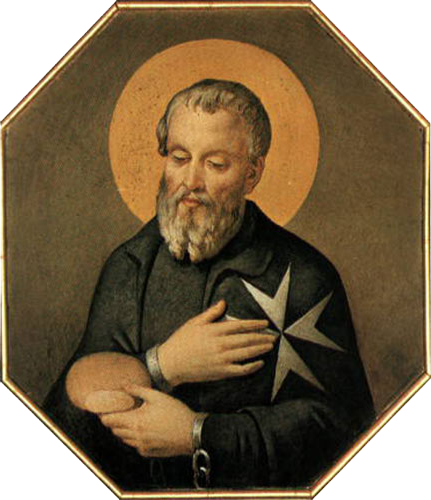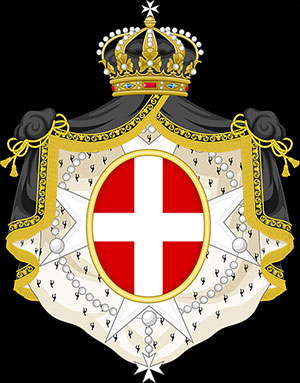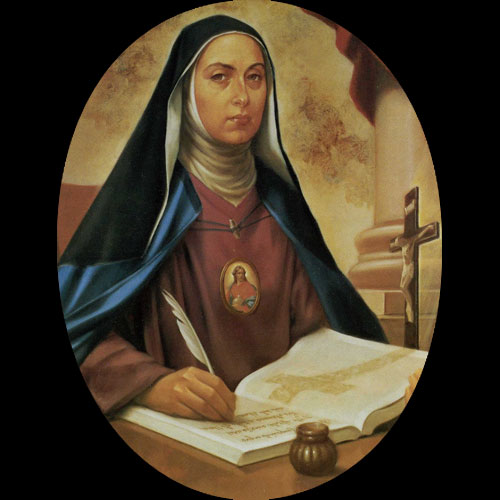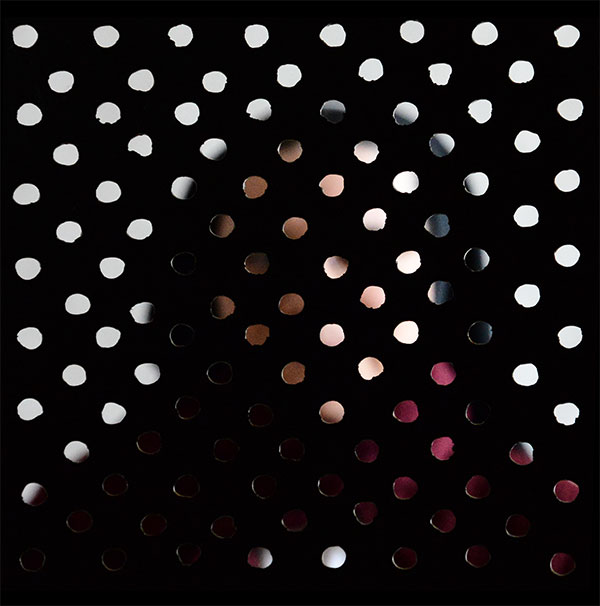art & history
historical vocation
Scala has been Christian since its foundation and the Scalesi are very religious people. Monsignor Cesario d'Amato, whose memories of the area are precious, wrote that within Scala flourished communities of men and women who embraced a life of spiritual obligations in search of perfection. At first arose Benedictine and Eastern rite monasteries, dedicated to contemplation and tending to be isolated, followed by the Augustinians, Dominicans and Redemptorists.





